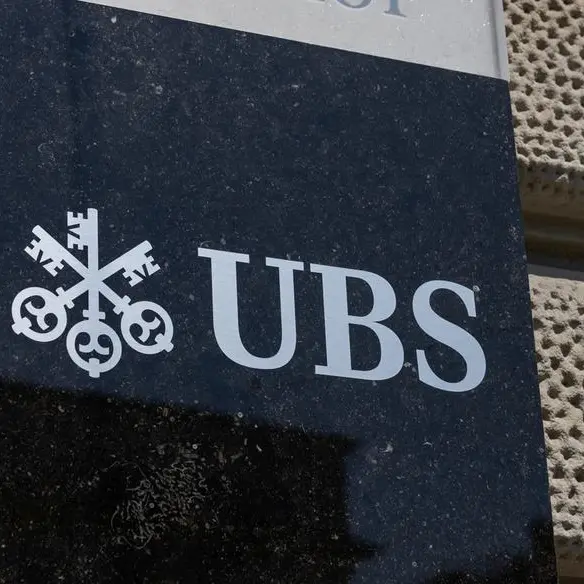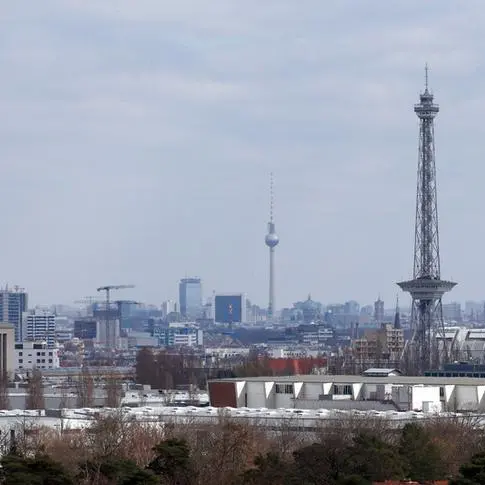PHOTO
Finland entered a recession in the final quarter of 2022, while the Swedish economy shrank more than initially estimated, official statistics showed Tuesday.
The 0.6-percent drop in Finnish GDP was the second consecutive quarter of negative growth -- the technical definition of a recession.
Finland's economy has suffered from accelerating inflation -- which reached 8.4 percent in January -- as well as the economic consequences of the war in Ukraine, Statistics Finland said.
Both consumers and businesses have less confidence in the future and these "weakened expectations began to be realised in the latter half of the year," the office said.
From October to December, the volume of Finnish exports decreased by 2.9 percent from the level in the previous quarter, while imports dipped by 2.4 percent.
For the year as a whole, however, the Finnish economy grew last year by two percent compared to 2021.
While Sweden has not seen two consecutive declines in GDP, its economy shrank more than initially estimated in the last quarter of 2022, the national statistics office SCB said.
Swedish GDP fell by 0.9 percent in the fourth quarter, more than the 0.6 percent published in preliminary estimates in early February.
"The decline is being felt in many parts of the economy, with broad declines in business investment and household consumption," Jessica Engdahl from SCB said in a statement.
For the full year of 2022, the Swedish economy is set to grow by 2.4 percent, SCB said.
The Swedish central bank expects GDP to fall by 1.1 percent this year, in line with the European average, according to its latest forecast published in early February.
In Finland, the government and the central bank forecast a small decline in GDP in 2023, of around 0.2 percent, before growth returns in 2024 and 2025, according to their latest forecast in December.





















